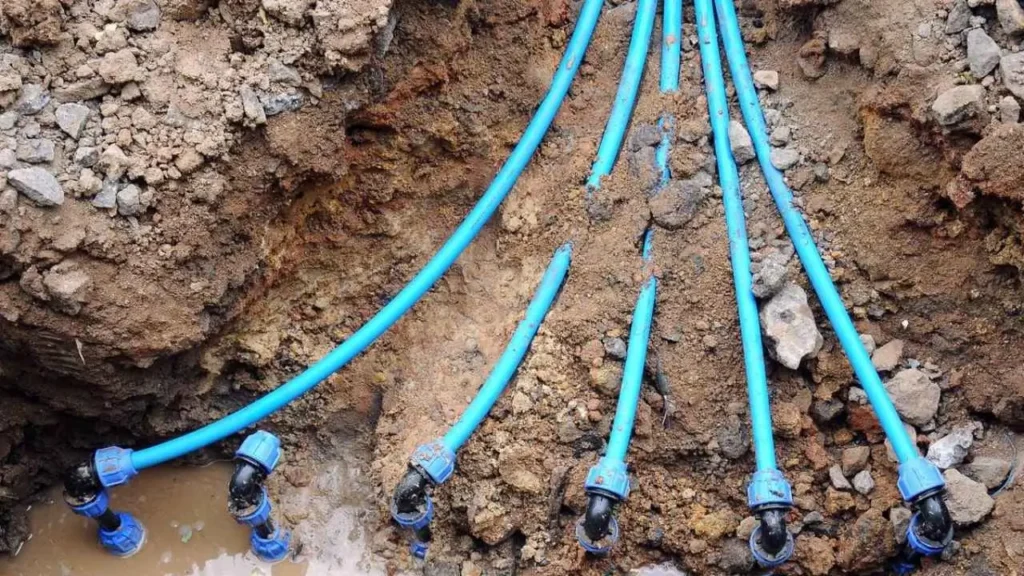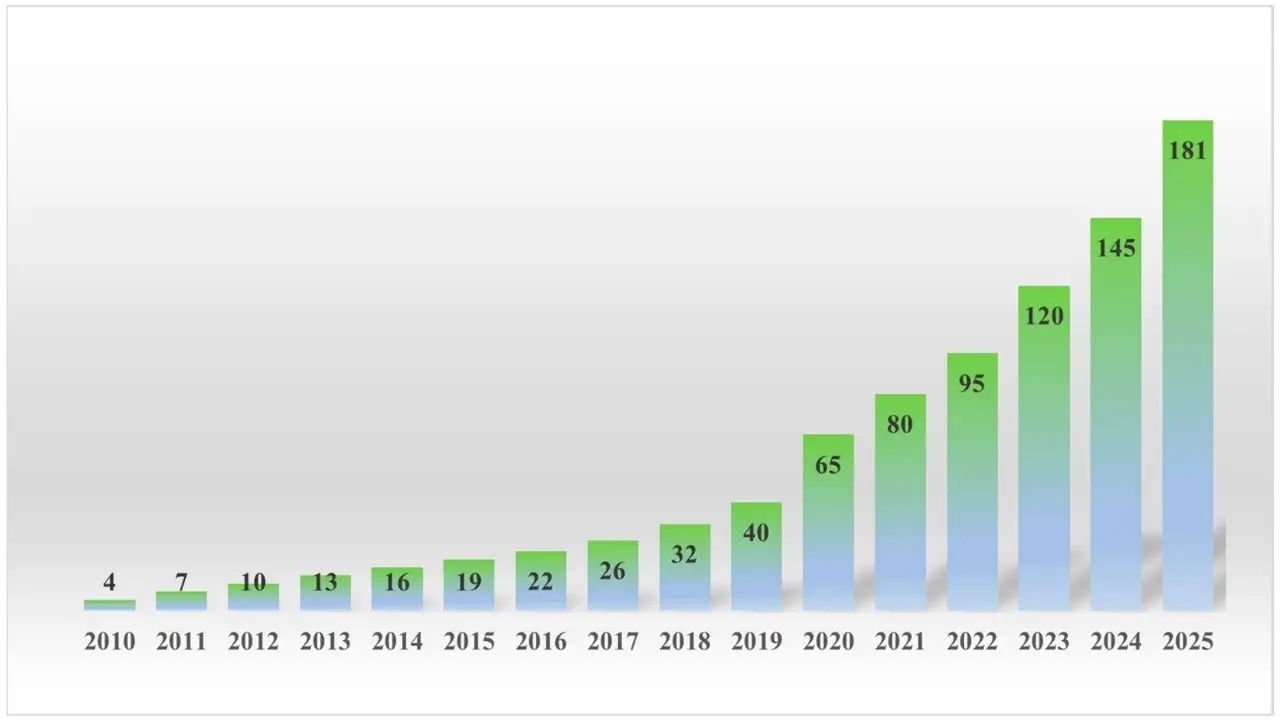In the development of new subdivisions, infrastructure such as roads, water lines, and power networks are crucial components for creating functional, livable communities. However, one question often lingers: Who is responsible for paying the substantial costs of these infrastructures? The financial burden of building essential services in new housing developments is typically shared between local governments, developers, and future homeowners. Understanding how these costs are distributed is vital for all parties involved, as it shapes both the affordability of new homes and the broader economic landscape.

The cost of building infrastructure in new subdivisions is shared between several parties, including developers, local governments, and homeowners. Developers typically bear the bulk of the initial costs, which are then passed on to homeowners through higher home prices and additional fees. Local governments may assist with infrastructure funding, particularly in underserved areas, while also assuming responsibility for maintaining public infrastructure once it is completed.
As cities continue to grow, the financial responsibility for new infrastructure remains a topic of ongoing debate. Balancing the costs of development with the need for affordable housing is a complex issue that requires careful planning and collaboration between all stakeholders. For now, the cost of connection remains an essential, if often invisible, part of the homebuying process—one that ultimately shapes the communities we live in.
Understanding the Cost of Infrastructure in New Subdivisions
Developing new subdivisions involves more than just laying out plots for homes. It requires the installation of essential infrastructure, including roads, water systems, and electrical grids. These systems enable basic services like transportation, drinking water, and electricity, which are fundamental to any modern community. The costs of these projects can vary widely, depending on factors such as location, size of the development, and the existing infrastructure.
The total price tag for creating these services can range from $20,000 to $50,000 per home in some regions, with larger developments running into the millions. However, the financial responsibility for these essential services is often spread across multiple parties, each contributing to the overall cost in different ways. Developers, local governments, and homeowners all play a role, with each having distinct financial obligations.
Who Pays for New Roads, Water Lines, and Power?
In most cases, developers initially fund the majority of the infrastructure costs. This is part of their responsibility to ensure that the subdivision complies with local zoning laws and building codes. Developers typically handle the installation of roads, sewer systems, water lines, and electrical connections, among other utilities. This upfront investment is necessary to make the subdivision habitable and ready for occupancy.
The costs borne by developers are often factored into the prices of the homes they sell. In essence, the infrastructure investment is passed down to the future homeowners, though not in a transparent or itemized way. As a result, new homeowners generally pay for the cost of infrastructure indirectly, as it is built into the overall cost of purchasing a home. These costs may also be reflected in the property taxes homeowners pay once they move in.
Local Governments’ Role in Financing Infrastructure
Local governments are typically involved in the infrastructure development process, but their role can vary depending on the location and size of the development. In some cases, local municipalities provide financial incentives to developers to encourage the construction of new subdivisions. These incentives may include tax breaks, grants, or low-interest loans, all of which reduce the financial burden on developers and encourage them to proceed with large-scale projects.
In return for these incentives, local governments often assume ownership of the infrastructure once it is completed. This includes maintaining roads, water systems, and electrical grids. The expectation is that as more homes are built, local tax revenues will increase, thereby offsetting the initial investment made by the government. Additionally, municipalities may invest in infrastructure for new subdivisions when it serves the broader goal of regional development or when the area is underserved and in need of growth.
Despite these incentives, local governments also bear the cost of infrastructure in certain cases, especially in rural or economically disadvantaged areas where developers may be unwilling to bear the full financial burden. In these situations, governments may fund specific infrastructure elements like public roads, water treatment plants, or emergency services. These investments are usually justified by the expected increase in property taxes and economic activity that follows the creation of new housing.
Developers’ Financial Responsibility
While developers often shoulder a significant portion of the infrastructure costs, they are ultimately recouping their investment through home sales. The upfront costs for developers can be substantial, especially when it comes to large-scale infrastructure such as roads, sewage systems, and electrical grids. However, developers typically factor these costs into the sale price of the homes they build, passing the costs on to the future homeowners.
This practice can lead to higher home prices, as the cost of infrastructure is reflected in the final price of the home. Additionally, developers may charge homeowners additional fees for maintaining and operating communal infrastructure, such as roads, water systems, and parks. These fees are often collected through homeowner associations (HOAs), which manage communal services and amenities.
Developers may also be responsible for providing additional amenities, such as parks, sidewalks, or recreational areas, depending on local zoning laws. While these amenities can enhance the quality of life in a subdivision, they also add to the overall cost of development. Local governments may later take over the maintenance of these amenities, but the developer will still bear the initial cost of construction.
Homeowners: The Indirect Payers
Though developers handle the immediate costs of building infrastructure, future homeowners are the ultimate payers. When developers pass the costs of infrastructure onto buyers, the result is a higher overall price for homes. In addition to the base cost of the home, homeowners may also be required to pay for ongoing maintenance through HOA fees or special assessment charges.
Homeowners may also face additional financial obligations in the form of impact fees. These fees are charged by local governments to cover the cost of infrastructure upgrades and the provision of public services, such as emergency services, schools, and public transportation. Impact fees are intended to ensure that new developments do not place an undue burden on existing infrastructure and services, but they can add to the overall cost of living in a new subdivision.
In areas where developers do not fund infrastructure costs upfront, homeowners may see a direct increase in property taxes to help cover the cost of public infrastructure. This situation can be particularly burdensome for first-time homebuyers, who may not fully understand the financial complexities of new developments.
The Debate: Should Developers Bear More of the Cost?
There is ongoing debate about whether developers should bear a larger portion of the cost of infrastructure in new subdivisions. Some argue that developers should be required to pay more upfront to ensure that the cost of development does not fall disproportionately on homebuyers or local governments. This argument is particularly strong in areas where housing affordability is already a challenge, and additional fees can make it even harder for people to access homeownership.
On the other hand, some experts contend that developers should be incentivized to build homes, particularly in areas where housing demand is high. Requiring developers to cover all infrastructure costs may discourage them from building in certain areas, particularly in lower-income neighborhoods or rural locations where the financial return on investment is uncertain. In these cases, the role of local governments in providing financial support and ensuring that developments are well-planned and equitable becomes even more critical.
Massive Zoning Changes Could Redefine Logan’s Neighborhoods Forever
Implications for Housing Affordability
The distribution of infrastructure costs has significant implications for housing affordability, particularly in fast-growing urban areas. When developers are required to absorb the costs of infrastructure, they often pass these costs on to homebuyers, resulting in higher home prices. This can make it difficult for first-time buyers or those with lower incomes to afford new homes, contributing to the growing problem of housing inequality.
In areas where local governments step in to help fund infrastructure, there may be a reduction in the overall cost of homes, making them more accessible to a broader range of buyers. However, this approach may strain local budgets and place additional pressure on taxpayers.
Ultimately, the cost-sharing arrangement between developers, local governments, and homeowners plays a crucial role in shaping the affordability of new subdivisions. Finding a balance that supports economic growth while ensuring equitable access to housing is a challenge that policymakers and urban planners continue to grapple with.

















